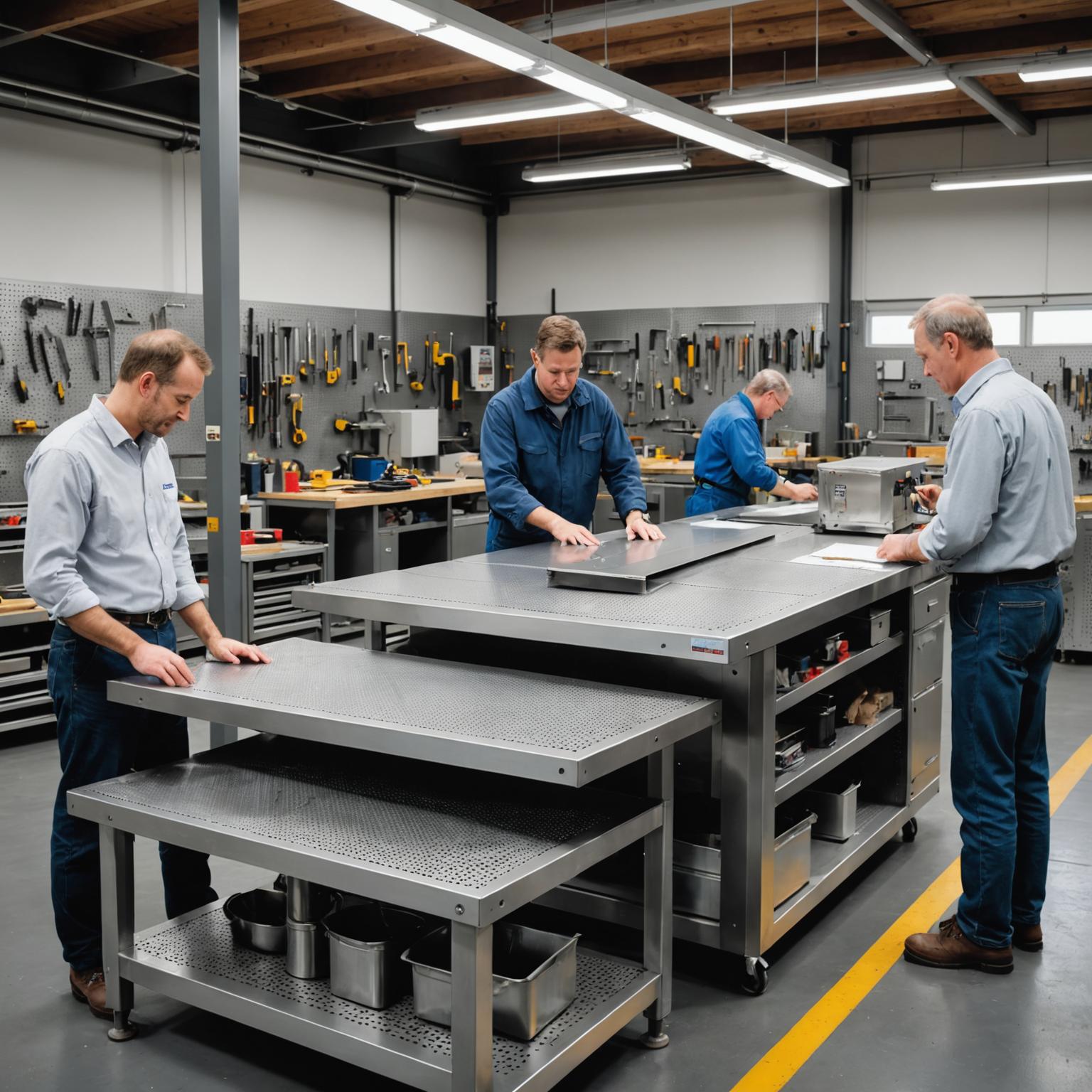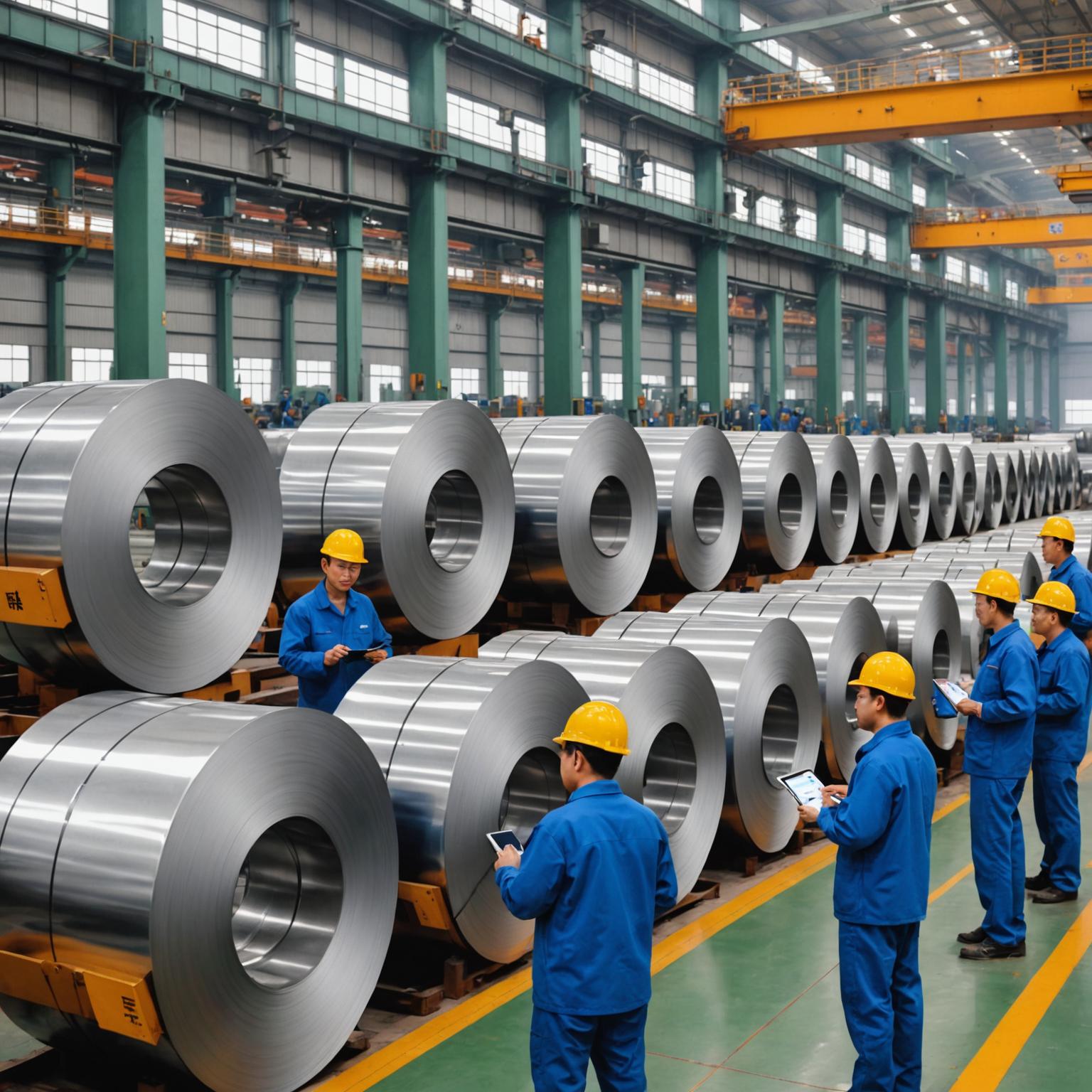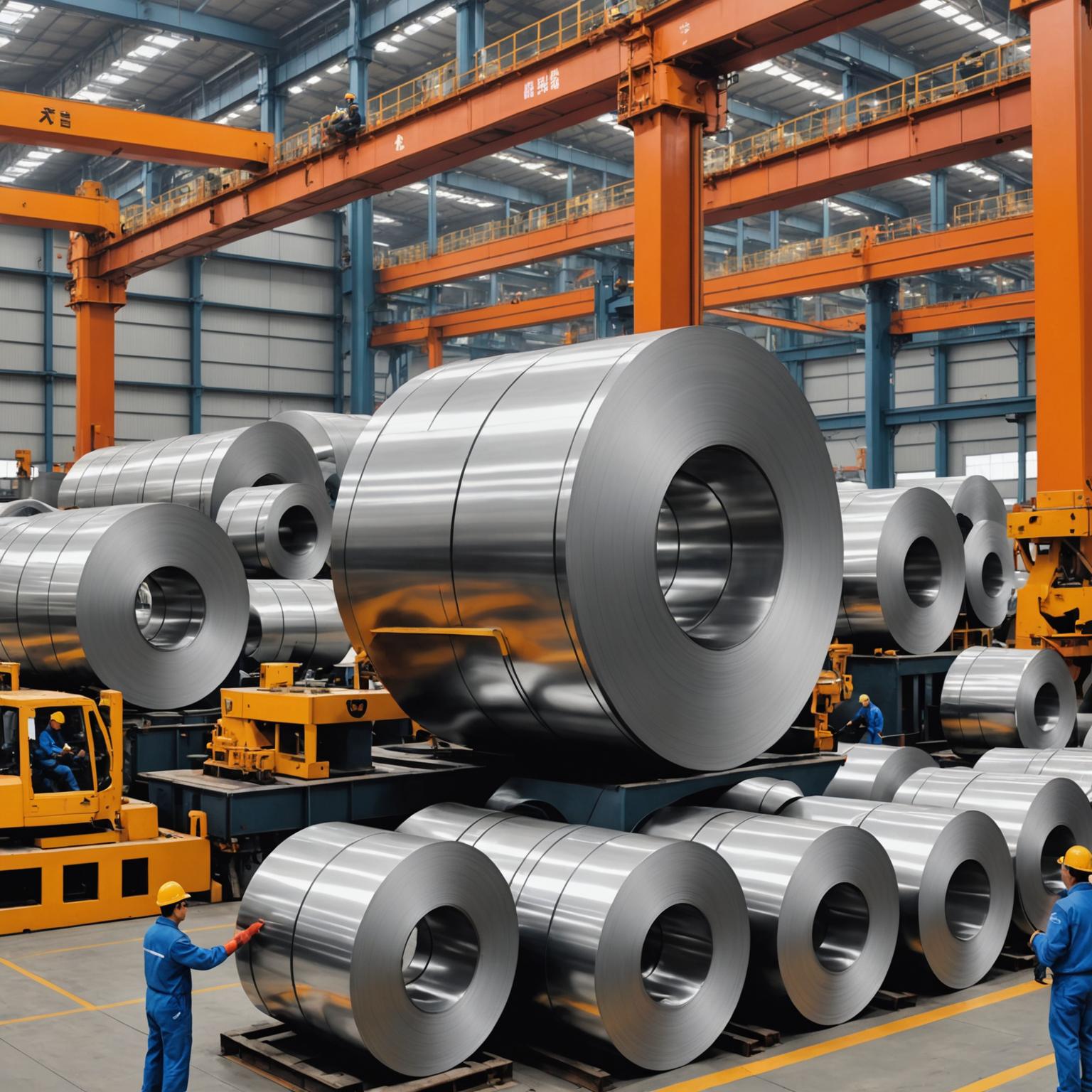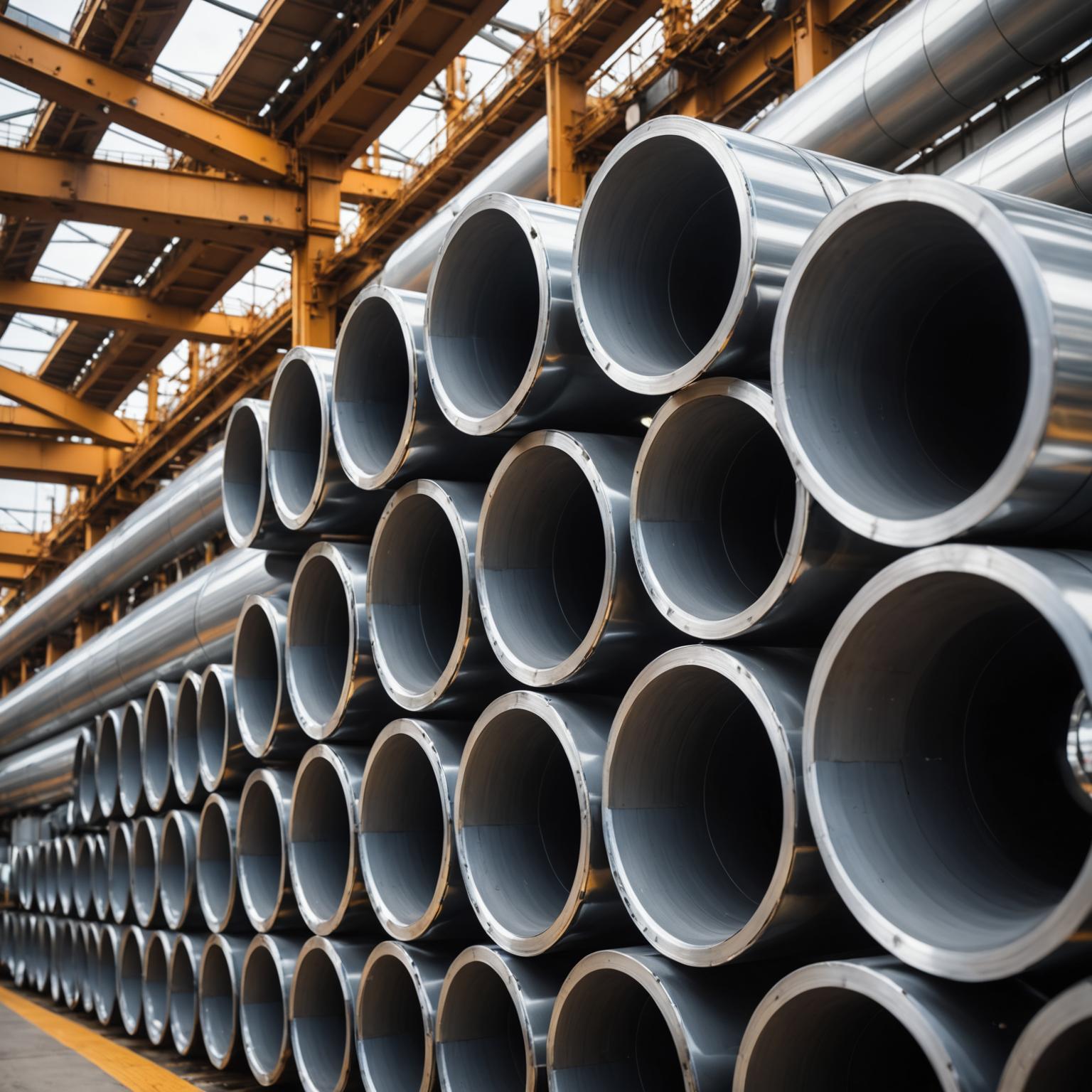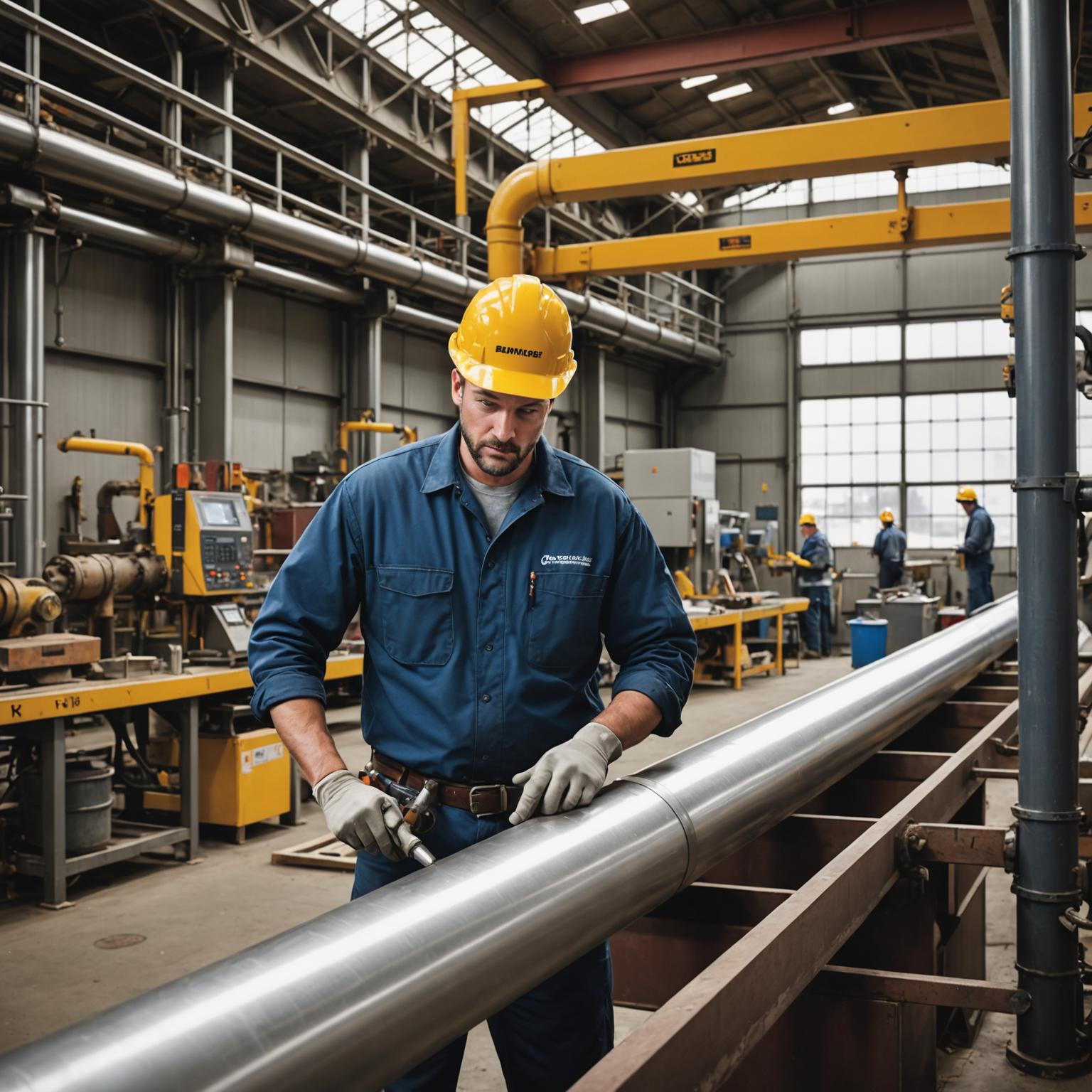Selecting the right materials is the cornerstone of any successful construction, manufacturing, or design project. Among the most versatile and reliable materials available today is the round stainless steel pipe, a component celebrated for its strength, longevity, and aesthetic appeal. Whether you are an engineer, architect, or designer, understanding how to select and utilize this material is crucial for optimal results. For businesses seeking unparalleled quality, partnering with a trusted supplier like Span International ensures that every component meets rigorous standards, setting the foundation for excellence from the very start.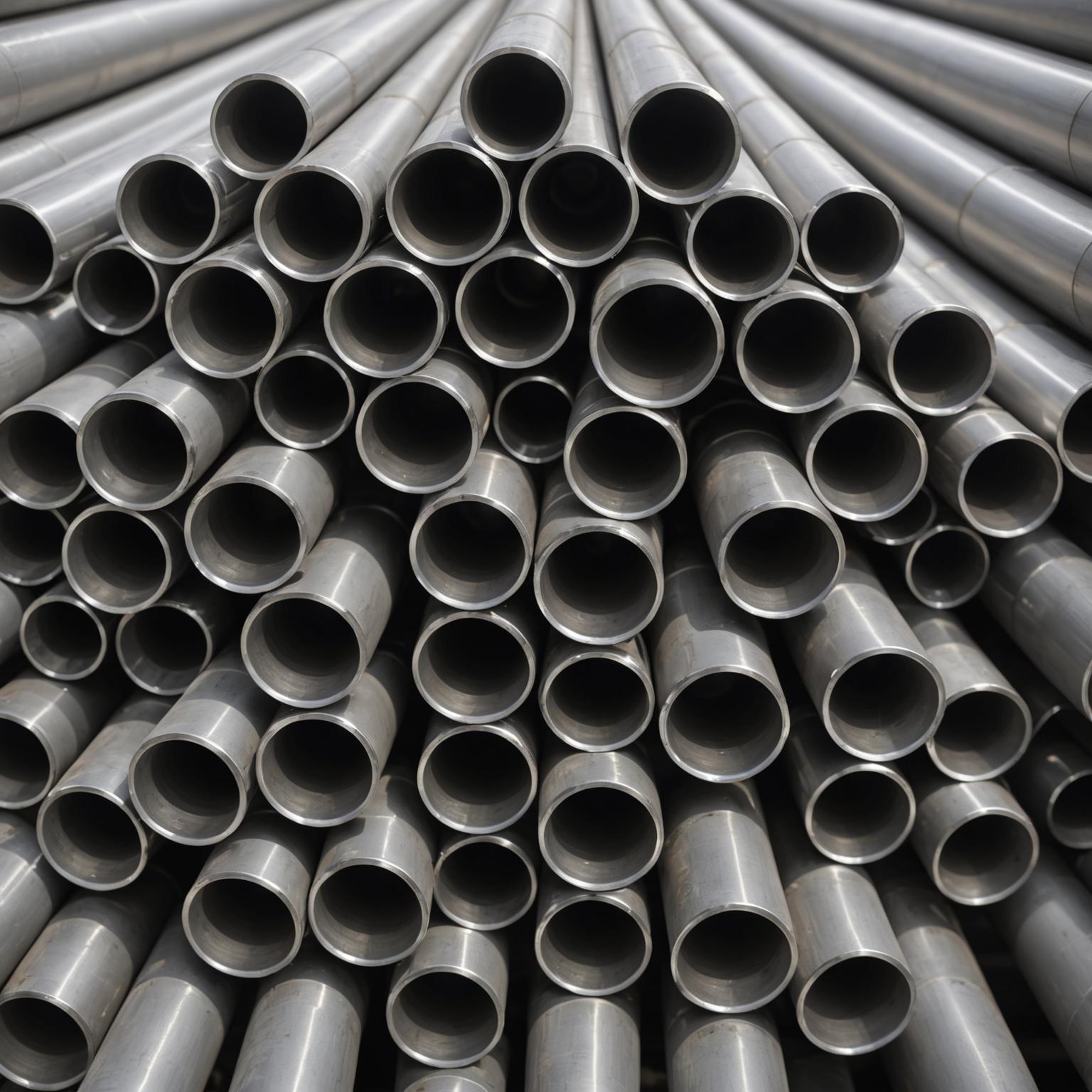
Understanding the Fundamentals of Stainless Steel Pipes
A round stainless steel pipe is a hollow, cylindrical tube made from a steel alloy containing a minimum of 10.5% chromium. This chromium content is what gives stainless steel its signature property: exceptional corrosion resistance. When exposed to oxygen, the chromium forms a thin, invisible passive layer on the surface of the steel, protecting it from rust and environmental degradation. Beyond corrosion resistance, these pipes are known for their impressive durability, high tensile strength, and ability to withstand extreme temperatures. They are forged from premium-grade stainless steel, ensuring they can handle demanding conditions in various industries. The meticulous manufacturing process results in tubes with consistently uniform diameters and a seamless finish, which is critical for both structural integrity and fluid dynamics.
A Guide to Common Applications Across Industries
The versatility of the round stainless steel pipe makes it an indispensable component in a vast array of fields. In construction and architecture, it is used for structural supports, handrails, and decorative elements, where its strength and polished look offer the perfect blend of functionality and fashion. The automotive and aerospace industries rely on stainless steel tubing for exhaust systems, fluid transport lines, and structural frameworks due to its ability to endure high pressures and temperatures. Furthermore, its non-porous and easy-to-clean surface makes it a top choice for the food and beverage and pharmaceutical industries for sanitary processing lines. From heavy-duty industrial frameworks to minimalist interior design, the adaptability of this material is nearly limitless, making it a staple in both large-scale mechanical projects and bespoke modern creations.
How to Select the Perfect Stainless Steel Pipe for Your Needs
Choosing the appropriate pipe involves considering several key factors to ensure it meets the specific demands of your project. This guide will walk you through the essential selection criteria.
First, consider the grade of stainless steel. The most common grades are 304 and 316. Grade 304 is a cost-effective choice for general-purpose applications with good corrosion resistance. Grade 316, which contains molybdenum, offers superior resistance to chlorides and other harsh chemicals, making it ideal for marine environments, chemical processing plants, and coastal construction.
Second, determine the required dimensions. This includes the outer diameter (OD), wall thickness, and length. The diameter and wall thickness directly impact the pipe's strength and pressure rating. Precision engineering is vital here, as uniform thickness ensures optimized strength and reliability across the entire length of the pipe.
Third, decide on the finish. A standard mill finish is suitable for most industrial applications where aesthetics are secondary. However, for architectural or design-focused projects, a polished or brushed finish provides a sleek, contemporary appearance that reflects light beautifully and enhances the overall design.
Finally, choose between seamless and welded pipes. Seamless pipes are manufactured from a solid billet and offer superior strength and pressure resistance, making them suitable for high-pressure applications. Welded pipes are formed from a steel strip and welded along a seam, offering a more cost-effective solution for low-pressure and structural uses.
Installation and Maintenance Best Practices
Proper installation and maintenance are key to maximizing the lifespan and performance of your stainless steel pipes. During installation, use appropriate cutting tools to avoid contaminating the steel with iron particles, which can lead to localized corrosion. When welding, it is crucial to use the correct filler material and techniques to maintain the integrity of the passive chromium layer. After installation, regular cleaning is recommended, especially in environments with high exposure to contaminants. A simple wash with soap or a mild detergent and warm water, followed by a clean water rinse, is usually sufficient. For more stubborn deposits, use a non-abrasive cleaner and a soft cloth or brush. Regular inspection for any signs of damage or corrosion will help you address potential issues before they escalate, ensuring your infrastructure remains strong and dependable for years to come.
The Value of a Reputable Supplier like Span International
Your project's success is not just dependent on the material itself, but also on the quality and reliability of your supplier. Partnering with a distinguished supplier like Span International guarantees you receive products that are manufactured to the highest industry standards. A reputable provider ensures material superiority, using only premium-grade steel for unmatched durability and performance. They leverage advanced manufacturing techniques to deliver products with precise, consistent dimensions and a flawless finish. Furthermore, leading suppliers often prioritize sustainability, utilizing eco-friendly production processes that minimize waste and environmental impact. By choosing an expert source, you gain access to a wide range of inventory, expert advice, and the assurance that your components will perform flawlessly, look undeniably bold, and stand strong against the test of time.



